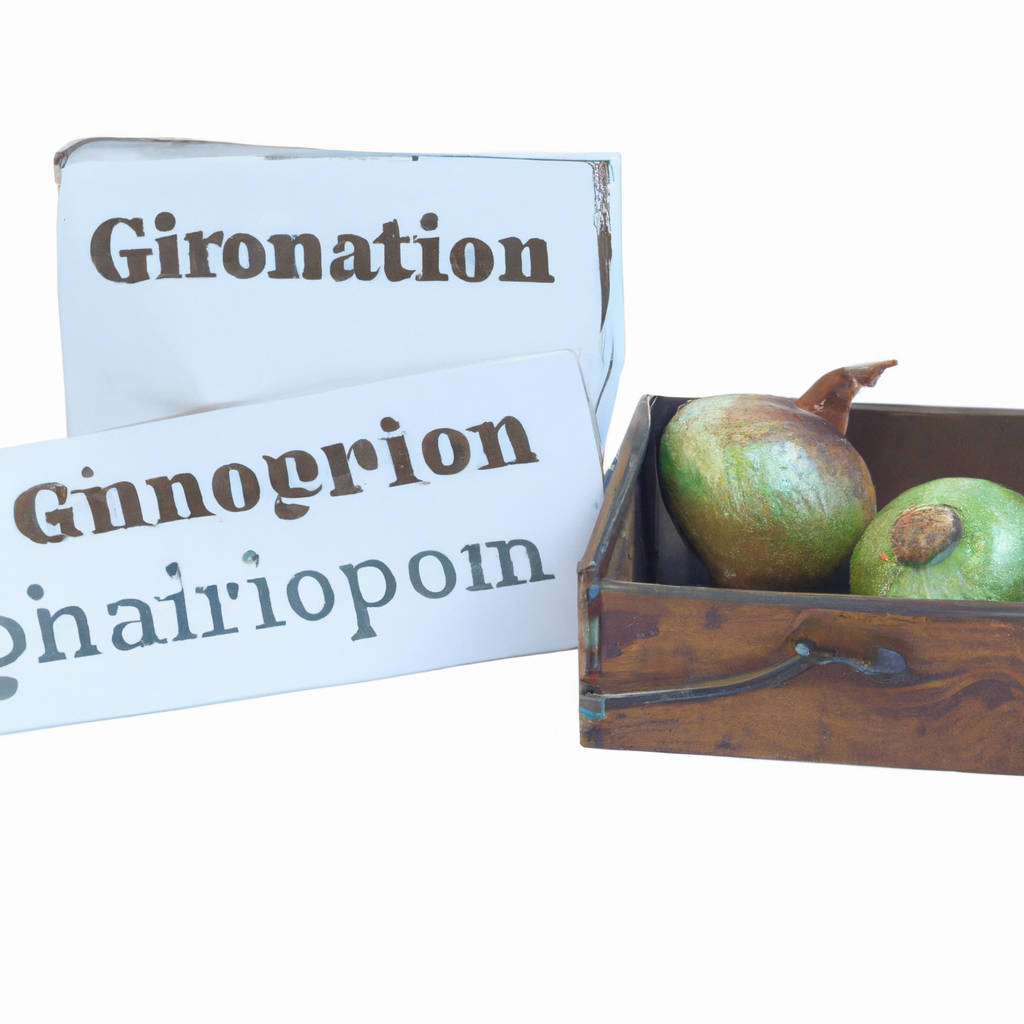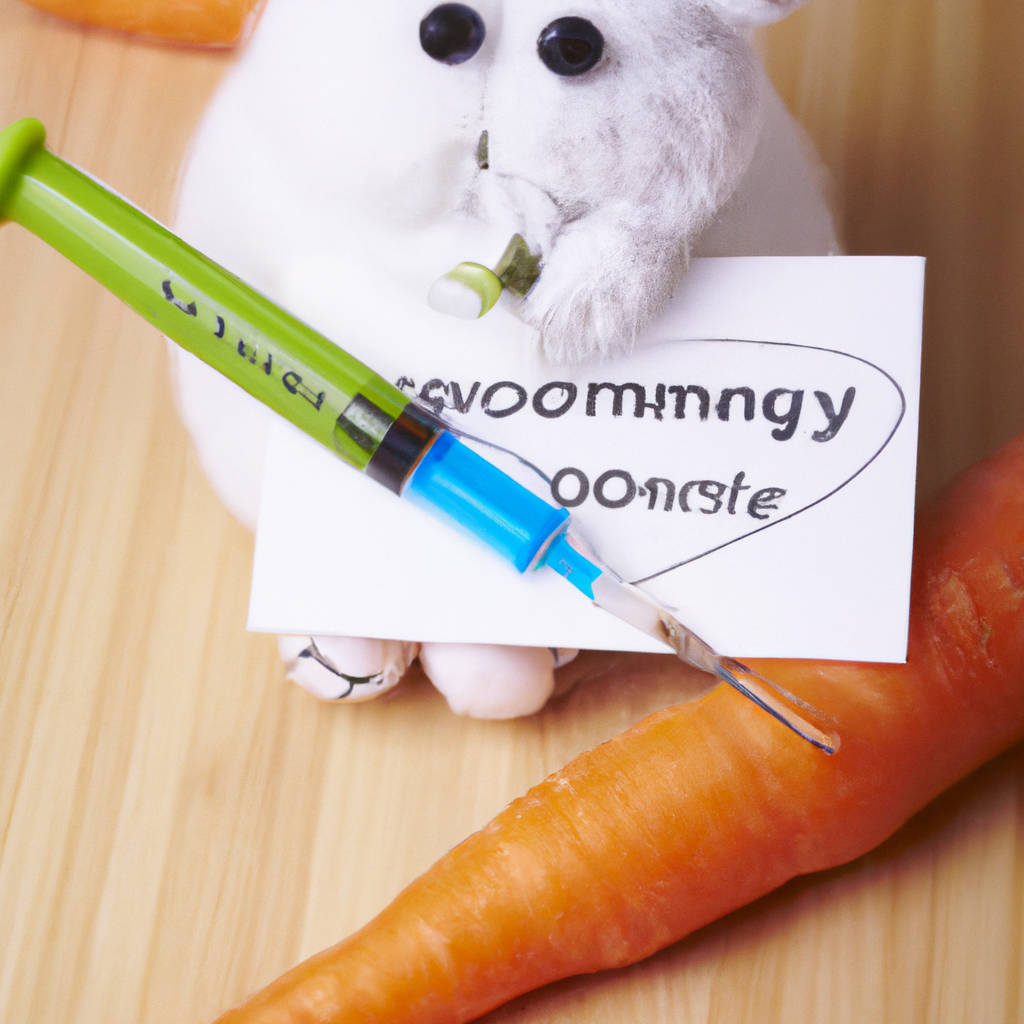A stye, medically known as hordeolum, is a small, painful lump that develops on the inside or outside of the eyelid. Understanding stye care is essential in order to alleviate discomfort and prevent further complications. The primary treatment for a stye includes warm compresses applied to the affected area for 10-15 minutes, several times a day. This aids in the natural draining process of the stye. Over-the-counter pain relievers can be used to reduce pain, while topical antibiotic creams may be used to prevent secondary infections. It’s also important to avoid touching, rubbing, or attempting to squeeze the stye as it can worsen the condition or spread the infection. In most cases, styes heal on their own within a few days to a week.
However, if the stye persists, becomes more painful, or affects vision, it’s crucial to seek medical attention. A healthcare professional may prescribe stronger medication or even perform a minor surgical procedure to drain the stye. When it comes to stye care, maintaining good eyelid hygiene can help prevent their recurrence. This includes removing all eye makeup before bedtime, avoiding outdated cosmetics, and refraining from sharing towels or washcloths. Moreover, if you wear contact lenses, ensure they are properly cleaned before use and never worn overnight. Remember, understanding stye care not only helps in managing the condition, but it also contributes to overall eye health.
Understanding styes types
A stye, also known as hordeolum, is a common, painful lump that forms on the edge or inside of the eyelid due to a bacterial infection in the oil glands. There are primarily two types of styes: external and internal. An external stye is the most common form, which begins as a small area of redness and swelling near the edge of the eyelid. Over a few days, the stye will form a head filled with pus, and eventually rupture and drain. On the other hand, an internal stye, although less common, is potentially more serious. It occurs deeper inside the eyelid, and is often caused by an infection in the meibomian gland. Unlike an external stye, an internal one doesn’t form a head or rupture and drain on its own. Both types may cause symptoms like a red, swollen eyelid, tenderness, and a sensation of a foreign body in the eye. However, an internal stye may cause a generalized swelling of the entire eyelid rather than just a localized bump. Understanding these types of styes is crucial in determining appropriate treatment. External styes may be treated with warm compresses and lid scrubs, and usually resolve on their own. Internal styes, however, may require antibiotic treatment or even surgical drainage if they do not resolve with conservative measures. As always, ensuring to maintain proper eye hygiene can help in preventing stye formation.
Guard against chronic inflammation
Chronic inflammation is a prolonged and persistent form of inflammation that can last for several months to years. It can lead to various health issues such as heart disease, diabetes, cancer, arthritis, and even depression. Therefore, it is crucial to take measures to prevent or reduce chronic inflammation. One of the best ways to guard against chronic inflammation is to maintain a healthy lifestyle. This includes regular physical activity, a balanced diet rich in anti-inflammatory foods (like fruits, vegetables, and whole grains), and adequate sleep. It is also essential to manage stress levels, as stress can trigger inflammation. Limiting the consumption of processed foods, refined sugars, and unhealthy fats, which can increase inflammation, is another effective strategy. Regular check-ups can help detect any signs of inflammation early. If you notice persistent, unexplained symptoms such as fatigue, pain, or digestive issues, it’s vital to seek medical advice as these may indicate chronic inflammation. In some cases, healthcare professionals may prescribe medications or other treatments to manage chronic inflammation. Remember, prevention is always better than cure. Therefore, taking the necessary steps to guard against chronic inflammation can significantly contribute to your overall health and wellbeing.

Stye causes
A stye is an infection that usually occurs at the edge of the eyelid, typically caused by staphylococcal bacteria. These bacteria are commonly found on the skin surface, and under normal circumstances, they are harmless. However, if they manage to infiltrate the tiny oil glands located near the eyelashes or under the eyelid, an infection can occur, leading to the formation of a stye. The infection causes a painful, red and swollen lump to appear, which can be filled with pus. Furthermore, certain factors can increase the risk of developing a stye. Poor hygiene, such as touching the eyes with dirty hands or using old makeup, can introduce the bacteria to the eye area. Individuals with certain chronic conditions, such as blepharitis (inflammation of the eyelids) or rosacea (a skin condition that causes redness and visible blood vessels), also have an increased risk. Additionally, stress and hormonal changes can also contribute to the development of a stye. However, it’s important to note that styes are not contagious and cannot be spread from person to person. While annoying and uncomfortable, most styes are harmless and will clear up on their own within a few days to a week. If a stye persists for an extended period, or if it significantly impedes vision, medical intervention might be necessary. This could include antibiotics or, in severe cases, a minor surgical procedure to drain the stye.
Home stye remedies
Home style remedies, often referred to as traditional or natural remedies, have been a significant part of human civilization for centuries. These remedies, typically derived from nature, are often used for treating various health conditions or promoting overall wellbeing. They may range from herbs, spices, fruits, and vegetables to routines like yoga, meditation, and other exercises. Home style remedies are usually passed down through generations, reflecting the wisdom and practical knowledge of our ancestors. The usage of these remedies is mostly based on personal experiences and anecdotal evidence rather than scientific validation. However, in recent years, many of these remedies have gained attention from the scientific community, and research is being conducted to understand their effectiveness and potential side effects. It’s important to remember while these remedies can be beneficial, they are not meant to replace professional medical advice or treatment. Always consult with a healthcare provider before starting any new remedy, particularly if you have a chronic condition or are taking other medications to avoid potential interactions or adverse effects. While home style remedies offer a more natural and holistic approach to health, they should be used responsibly and sensibly.

Stye treatment
A stye is a common, yet uncomfortable condition that manifests as a small, painful lump on the inside or outside of your eyelid. It’s caused by a bacterial infection in the oil glands of the eyelid and, while it may cause discomfort, it’s typically harmless and doesn’t affect your ability to see. Treatment is generally simple and can often be done at home. Firstly, avoid touching or rubbing your eye. Maintain cleanliness by washing your hands thoroughly before and after touching the affected area. Applying a warm compress to the closed eyelid for about 10-15 minutes, several times a day, can help to relieve pain and swelling and encourage the stye to rupture. Over-the-counter remedies, such as pain relievers or stye ointments, can also be used to alleviate discomfort. Should the stye persist or worsen over time, it’s advisable to seek professional medical attention. A healthcare provider may prescribe antibiotic eye drops or ointments, or in severe cases, they may choose to drain the stye surgically. It’s important to never attempt to pop a stye yourself, as this can lead to complications. With appropriate care, most styes heal on their own within a few days to a week. Maintaining excellent eyelid hygiene, including removing all eye makeup before bed and keeping your contact lenses clean, can help prevent future styes.
Stye prevention
Stye prevention primarily involves maintaining a high standard of hygiene. A stye, a common eye condition, is a small, painful lump on the inside or outside of the eyelid, often caused by a bacterial infection. To prevent this uncomfortable situation, it’s essential to avoid touching or rubbing your eyes, particularly if your hands are not clean. It’s also crucial to thoroughly remove all eye makeup before going to bed. This practice helps prevent the blockage of oil glands in the eyelids, which can lead to the formation of a stye. Moreover, ensure that your makeup and makeup tools are always clean and consider replacing them regularly as they can harbor bacteria over time. If you wear contact lenses, always clean them properly and avoid wearing them if you’re suffering from a stye. It’s also advisable to avoid sharing towels or washcloths, as the bacteria causing stye can be transmitted through these materials. Regularly washing your hands and face, especially the eyelid area, can also go a long way in stye prevention. Avoiding stress and ensuring a balanced diet can help boost your overall immunity, further reducing the chances of developing a stye. Remember, while these preventive measures can significantly diminish the chances of getting a stye, they can’t guarantee absolute protection. If a stye does develop, it’s vital to avoid squeezing or trying to pop it and consult a healthcare professional if it persists or worsens.